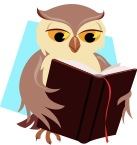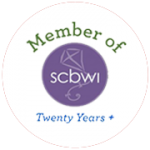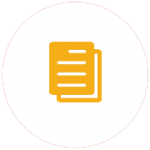 One thing you hear a lot when you are a writer is: Read, read, read. I think that’s great advice (though I know some purists who don’t read while they are writing because they fear it will interfere with their own creative process. Everyone has to do what’s right for them).
One thing you hear a lot when you are a writer is: Read, read, read. I think that’s great advice (though I know some purists who don’t read while they are writing because they fear it will interfere with their own creative process. Everyone has to do what’s right for them).
But for me, reading is more than just reading the stories – though I do that too. When I’m about to start a book and often during it, I will select books that are similar in theme, subject, or tone and “read them like a writer” so that I can learn from some of the best writers out there (and some who are so-so good, but publish well!). Reading becomes a personal writing workshop when I follow these guidelines:
For Novels
- Read the first 1-3 pages. Are you hooked? Why? What has the author done?
- What is the main character like? How do you know? (What has the author done?)
- Throughout the book, note where you laugh, feel sad, have a heart-pounding moment, get angry. Explore the scene to discover what the author has done to elicit these feelings.
- When you get to the end of a chapter, are you eager to turn the page? Why? What happened to make you want to?
- What other things appeal to you about the writing and why?
For Picture Books
(from my All About Children’s Picture Books workshop)
- Read a page and stop. Do you want to turn the page? Why? What has the author (or illustrator) done to encourage that?
- Describe the main character (if there is one). How do you know s/he is like that?
- If you (or the one you’re reading it to) laugh, gasp, etc, stop and ask why? What has the author (or illustrator) done?
- Where is there repetition? Why is that repeated and not something else?
- How is language used to enhance or support the type of story you are reading?
- If it rhymes, notice the rhythm and flow, how the action continues to move forward.
- Identify the structure and why it works for that particular story.



